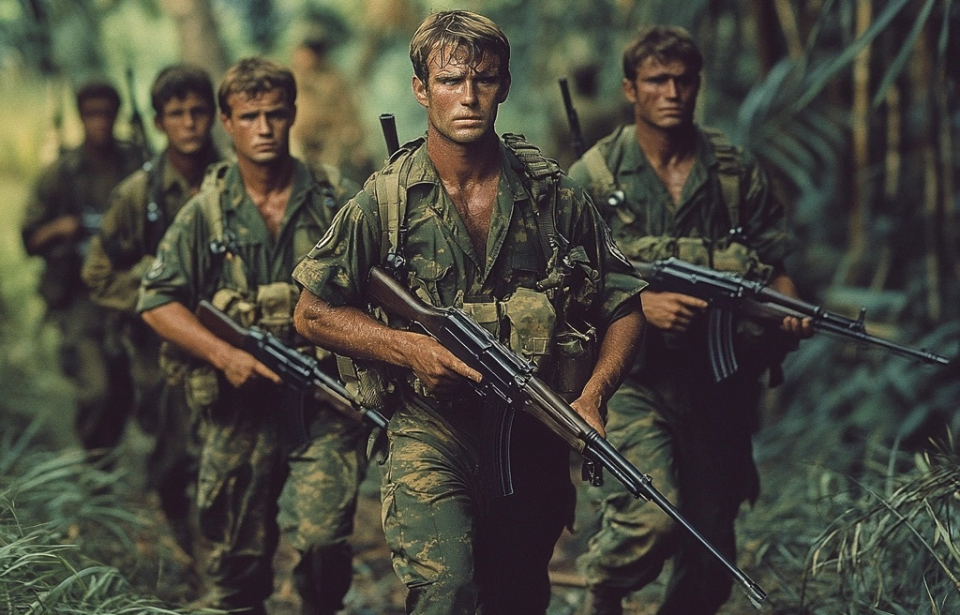Military Assistance Command, Vietnam

MACV-SOG (Military Assistance Command, Vietnam – Studies and Observations Group) was among the most secretive and highly skilled special operations units of the Vietnam War. Formed in 1964, it assembled an elite group of handpicked volunteers from across the U.S. military—Green Berets, Navy SEALs, Air Force special operators—alongside CIA operatives and indigenous allied fighters.
Their missions, often classified and extremely dangerous, took them deep into hostile territory far beyond the borders of South Vietnam—into Laos, Cambodia, Thailand, and North Vietnam. Since the U.S. officially denied conducting military operations outside South Vietnam, SOG’s activities had to remain hidden. To protect this secrecy, operatives were forbidden from wearing anything that could reveal their American identity: no flags, no name tapes, and no standard-issue gear.
Much of their focus centered on the Ho Chi Minh Trail, a critical supply network for North Vietnamese forces. MACV-SOG teams conducted stealth reconnaissance and sabotage operations to disrupt the flow of troops, weapons, and equipment. Though vital to the broader war effort, these missions were incredibly perilous and came at a high cost.
John Stryker “Tilt” Meyer
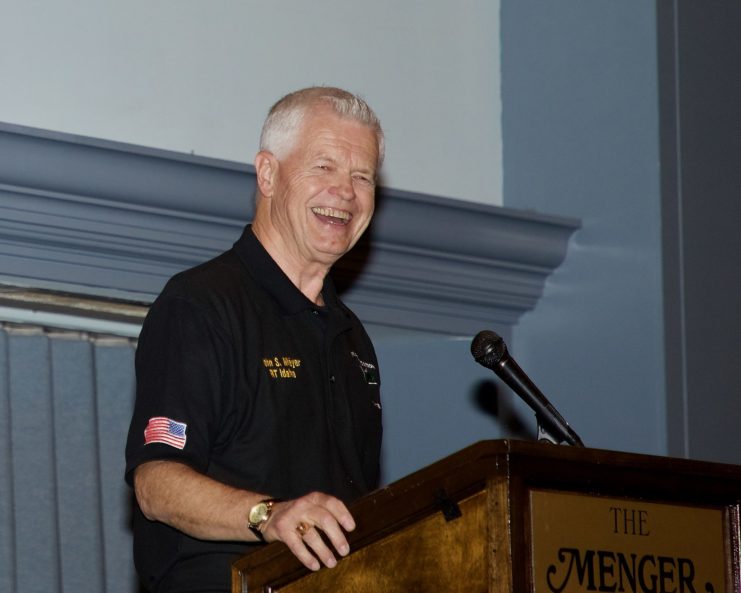
John Stryker “Tilt” Meyer was one of the fearless men who volunteered to be an operative with MACV-SOG. He initially enlisted with the US Army in 1966, and soon after was accepted to Airborne School, where he was airborne certified.
By the following year, he’d graduated from the Special Forces Qualification Course, eventually becoming a member of MACV-SOG’s Spike Team (ST) Idaho. Meyer detailed much of his time in Vietnam in two books, Across the Fence: The Secret War In Vietnam (2003) and On the Ground: The Secret War in Vietnam (2007).
He was also one of the MACV-SOG commandos involved in the Thanksgiving Day mission in 1968, serving as a reconnaissance leader for a team of six. Aside from Meyer, ST Idaho consisted of four local mercenaries – Sau, Hiep, Phuoc and Tuan – as well as fellow American, John “Bubba” Shore.
30,000 missing enemy troops
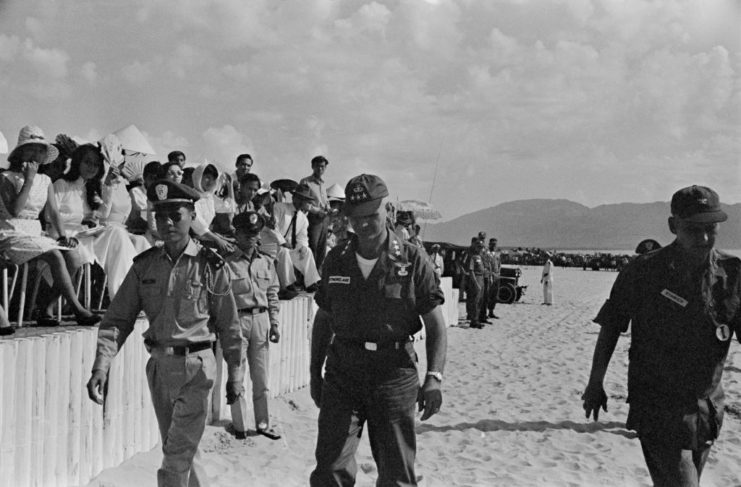
By November 1968, U.S. intelligence was rigorously tracking North Vietnamese Army (NVA) movements in the aftermath of that year’s devastating Tet Offensive. Launched in January, the offensive involved coordinated surprise attacks by the NVA and Viet Cong on numerous South Vietnamese cities and towns, aiming to incite uprisings among civilians and pressure the United States to reduce its military presence.
Following Tet, American analysts grew alarmed when three key NVA divisions—the 1st, 3rd, and 7th—suddenly vanished from monitoring efforts. Comprising roughly 30,000 troops out of an estimated 100,000-strong force under U.S. observation, their disappearance near the Cambodian border suggested a possible regrouping for a large-scale assault on Saigon. In response, the U.S. quickly launched a classified operation, code-named ST Idaho, to locate, track, and assess the threat posed by these missing divisions.
MACV-SOG’s Thanksgiving mission
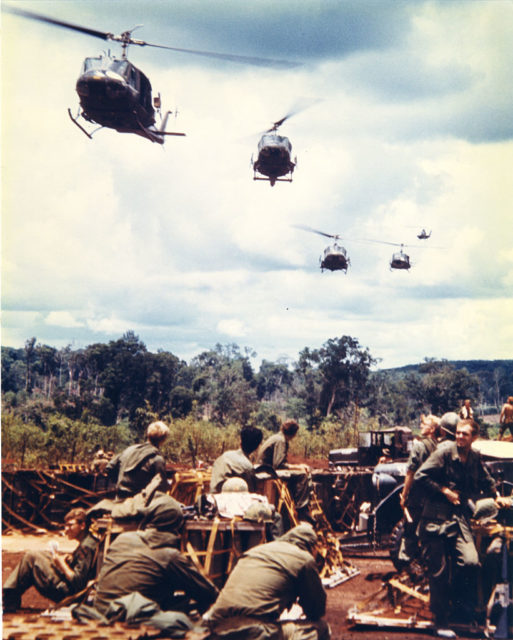
The task was simple enough: ST Idaho would enter Cambodia and locate the missing troops, after which they’d relay the information back to headquarters.
On Thanksgiving Day 1968, Meyer and his men waited in Bù Đốp Special Forces Camp, where the MACV-SOG team were delivered a Thanksgiving feast of turkey, gravy, mashed potatoes and cranberry rolls. A helicopter then arrived to deliver the men to Cambodia. This presented its own challenges, as they were only allowed to be brought 10 kilometers into the country via air and would then need to travel the remaining two kilometers on foot.
ST Idaho quickly disembarked the Huey and began their mission, searching for the missing NVA troops in the dense jungle. It didn’t take long for them to notice smoke, which they confirmed was from the soldiers they were looking for. The camp appearing empty, the MACV-SOG commandos began taking pictures and searching for important documents.
It appeared as though they’d successfully completed their mission – and rather quickly. Unbeknownst to them, however, they’d just walked into the middle of a 30,000-strong NVA encampment.
30,000 North Vietnamese versus six commandos
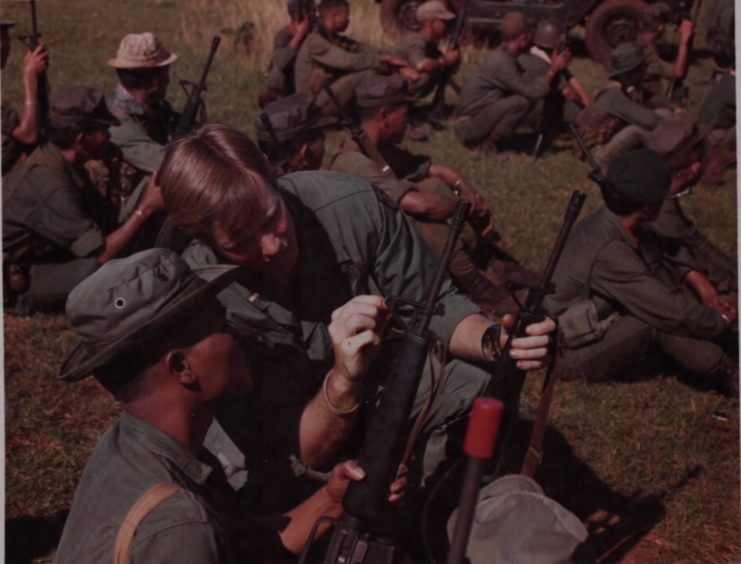
Sau was the first to alert Meyer about the danger ahead, urgently shouting, “Beaucoup VC! Beaucoup VC!” Even though Meyer had only been with MACV-SOG for five months—compared to Sau’s three years of experience—he trusted Sau’s instincts without question.
Moments later, North Vietnamese forces attacked from both sides. The MACV-SOG team quickly set up a Claymore mine and fell back under heavy fire. The enemy chased after them, but ST Idaho fought back hard, throwing grenades and setting off trip-wired Claymores to slow them down.
Help soon arrived as Bell UH-1P Huey helicopters from the U.S. Air Force’s 20th Special Operations Squadron swooped in, providing suppressing fire with M60 machine guns and M134 miniguns. As the helicopters hovered over the pickup zone, the six men sprinted aboard, setting one last Claymore mine at the edge of the landing area before making their escape.
Making it out of the Thanksgiving Day mission alive
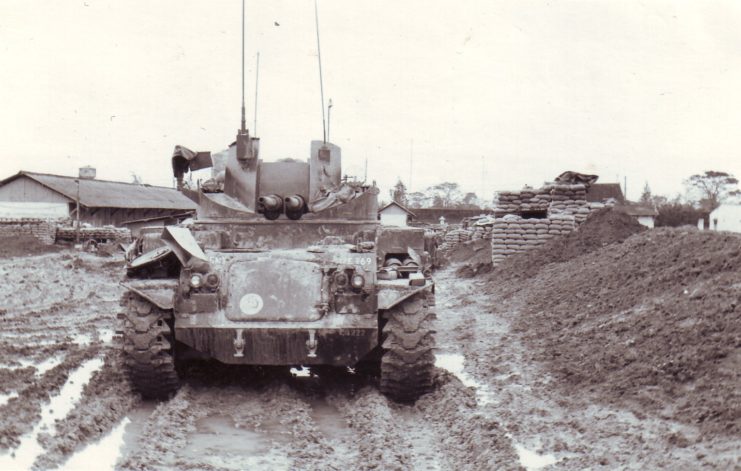
Meyer later described the mad dash in his book, writing, “We had been moments away from a very violent death and we killed an untold number of NVA soldiers – soldiers who continued to earn our undying respect. I took no pleasure in killing the enemy. It was simply us or them.” They made it, however, with the Huey taking off before the NVA troops could reach them.
More from us: US Navy SEAL? Deadly Sniper? Debunking the Rumors About Mister Rogers’ Military Service
Successful in their mission, although a little worse for ware, the first thing ST Idaho did upon their return to base was visit the mess hall for a well-deserved second Thanksgiving dinner. Soon after, they were tracked down by the MACV-SOG officer who’d sent them on the mission, asking if they would join him for yet another Thanksgiving feast and discuss the mission. Meyer and Shore obliged, debriefing him over the well-earned meal.
